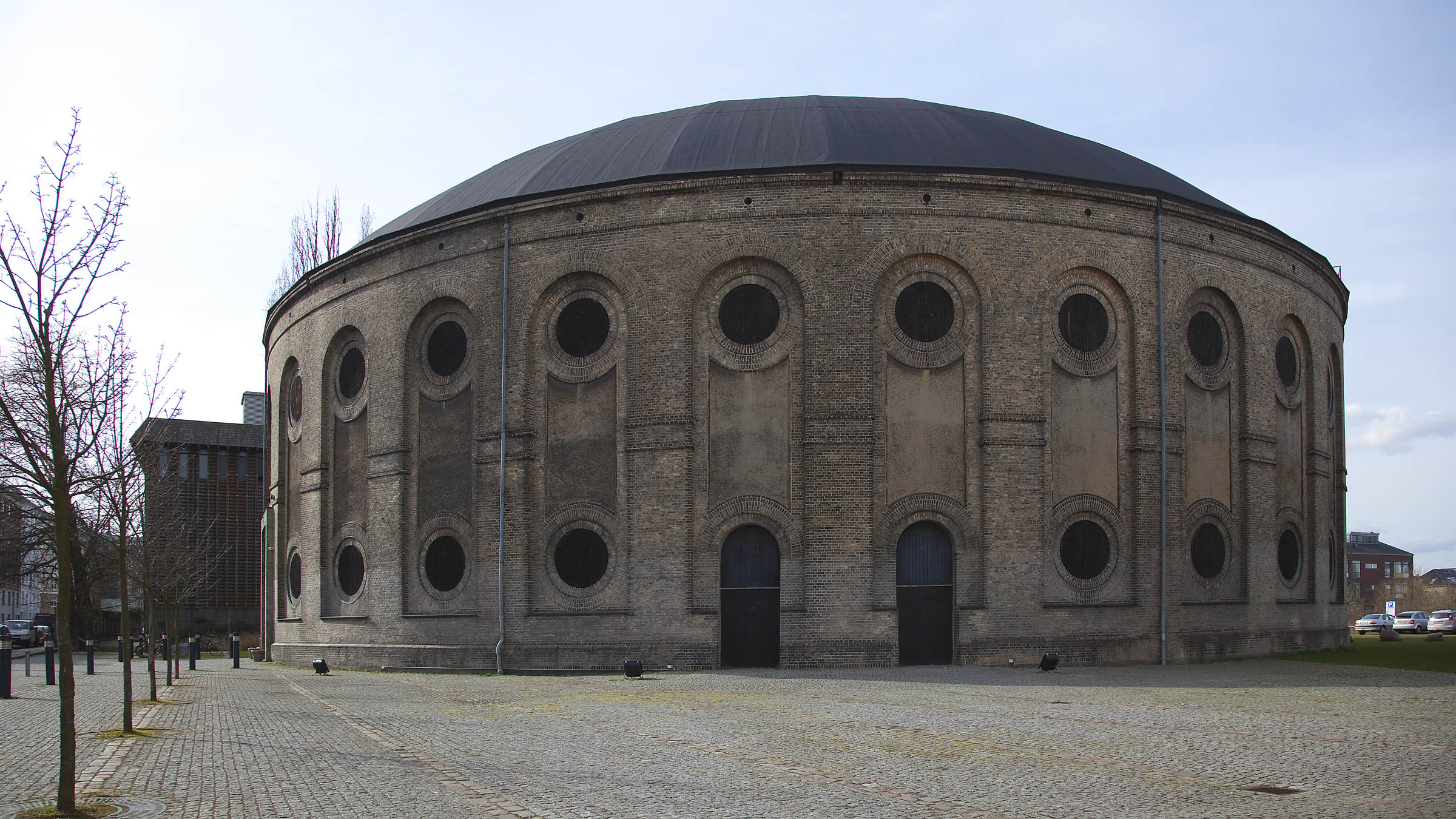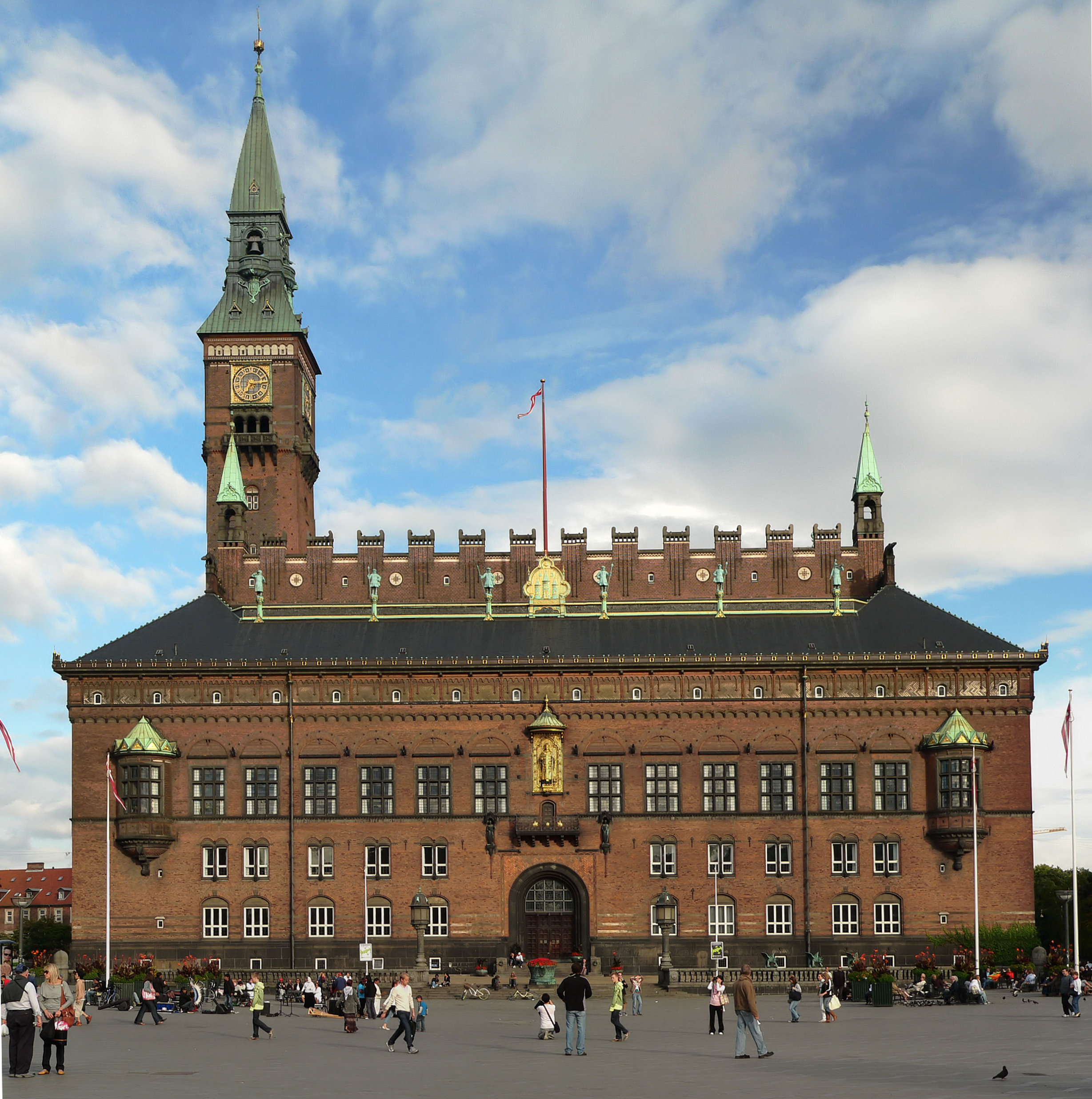Martin Nyrop on:
[Wikipedia]
[Google]
[Amazon]
Martin Nyrop (11 November 1849 18 May 1921) was a Danish architect.


 * Bakkehave, Rungstedvej 41,
* Bakkehave, Rungstedvej 41,
Early life and education
Nyrop was born on 11 November 1849 atHolmsland
Until January 1, 2007 Holmsland was a municipality ( Danish, '' kommune'') in Ringkjøbing County on the west coast of the Jutland peninsula in west Denmark. The municipality covered an area of 95 km2 on a narrow strip of land, Holmsland Dun ...
, Ringkøbing
Ringkøbing (older spelling ''Ringkjøbing'') is a town in Ringkøbing-Skjern Municipality in Region Midtjylland on the west coast of the Jutland peninsula in west Denmark. It has a population of 9,894 (1 January 2022).Sorø Academy
Sorø Academy ( Danish, ''Sorø Akademi'') is a boarding school and gymnasium located in the small town of Sorø, Denmark. It traces its history back to the 12th century when Bishop Absalon founded a monastery at the site, which was confiscated b ...
and matriculated from the Royal Danish Academy of Fine Arts
The Royal Danish Academy of Fine Arts ( da, Det Kongelige Danske Kunstakademi - Billedkunst Skolerne) has provided education in the arts for more than 250 years, playing its part in the development of the art of Denmark.
History
The Royal Dan ...
in 1876. From 1881 to 1883, he studied abroad on a scholarship from the academy.
Career
From 1883 to 1893, Nyrop worked as an assistant for professorHans Jørgen Holm
Hans Jørgen Holm (9 May 1835 – 22 July 1916) was a Danish architect. A pupil of Johan Daniel Herholdt, he became a professor at the Royal Danish Academy of Fine Arts and a leading Danish proponent of the National Romantic style.
Biograph ...
but was at the same time able to work on his personal commissions. Most of his early independent works were single-family detached homes.
He experienced a breakthrough when he won the competition for the design of the buildings at the Nordic Exhibition of 1888
The Nordic exhibition of Industry, Agriculture, and Art of 1888 (''Den Nordiske Industri-, Landbrugs- og Kunstudstilling i Kjøbenhavn 1888'') was an exhibition that aimed to feature the best of art, industry, and agriculture from the five Nordi ...
. He constructed all his exhibition pavilions of wood at a time when iron and glass was favored for temporary structures. He justified the decision by claiming the result would be prettier for the same cost. His background as a carpenter may have been an influence and it gave him the opportunity to showcase his ideals of quality materials and visible construction principles.
From 1888 to 1891, he served on the Copenhagen City Council
The Copenhagen City Council (Danish: ) is the municipal government of Copenhagen, Denmark, and has its seat at Copenhagen City Hall.
The city council is Copenhagen's highest political authority and sets the framework for the committees' tasks ...
.
Nyrop was awarded the Grand Prix for design at the Exposition Universelle at Paris in 1900. In 1906, he became a professor at the Academy of Fine Arts School of Architecture and served as director of the Academy of Fine Arts for periods between 1908 and 1918.
Nyrop designed the Copenhagen City Hall
Copenhagen City Hall ( da, Københavns Rådhus) is the headquarters of the Copenhagen City Council as well as the Lord mayor of the Copenhagen Municipality, Denmark. The building is situated on City Hall Square in central Copenhagen.
Architect ...
(1905) in National Romantic style
The National Romantic style was a Nordic architectural style that was part of the National Romantic movement during the late 19th and early 20th centuries. It is often considered to be a form of Art Nouveau.
The National Romantic style spread ...
and the majority of the buildings for the Nordic Industrial, Agricultural and Art Exhibition in Copenhagen (1888).
Personal life
Nyrop married Louise Frederikke Laub (born 1851), daughter of parish priest Hans Jørgen Trojel Laub (1817–1863) and Ernestine Laub née Linnemann (1827–1885), on 15 August 1885 inTrinitatis Church
The Trinitatis Church (''Trinitatis Kirke'') is located in central Copenhagen, Denmark. It is part of the 17th century Trinitatis Complex, which includes the Rundetårn astronomical observatory tower and the Copenhagen University Library, in ad ...
in Copenhagen. Their children included daughter Ernestine Nyrop.
Selected buildings


 * Bakkehave, Rungstedvej 41,
* Bakkehave, Rungstedvej 41, Hørsholm
Hørsholm () is an urban area on the Øresund coast approximately north of Copenhagen, Denmark. It covers most of Hørsholm Municipality and straddles the borders neighbouring Fredensborg Municipality and Rudersdal Municipality.
Hørsholm prop ...
(1879)
* Gasometer (now Østre Gasværk Teater
Østre Gasværk Teater is a theatre in the Østerbro district of Copenhagen, Denmark, located in an abandoned gasholder house of the former Østre Gasværk (‘Eastern Gasworks’). The theatre is constructed within the masonry shell that used t ...
, Eastern Gasworks, Copenhagen (1883, listed)
* Køge Rectory, Nyportstræde 55, Køge
Køge (, older spelling ''Kjøge'') is a seaport on the coast of Køge Bugt (''Bay of Køge'') 39 km southwest of Copenhagen. It is the principal town and seat of Køge Municipality, Region Sjælland, Denmark. In 2022, the urban area had a ...
(1884, demolished after fire)
* Heimann House, Søndre Fasanvej 16, Frederiksberg
Frederiksberg () is a part of the Capital Region of Denmark. It is formally an independent municipality, Frederiksberg Municipality, separate from Copenhagen Municipality, but both are a part of the City of Copenhagen. It occupies an area of ...
(1884–85, extension by Hack Kampmann
Hack Kampmann (6 September 1856 – 27 June 1920) was a Danish architect, Royal Inspector of Listed State Buildings in Jutland and professor at the architecture department of the Royal Danish Academy of Fine Arts. Marselisborg Palace in Aarhus, ...
in 1914–1916)
* Øvelseshuset, Vallekilde Folk High School, (1884, with Andreas Bentsen, listed)
* Solbjerg Dairy, Nyelandsvej 25, Frederiksberg (1884, demolished)
* Georg Achen House, Lindevangs Allé 11, Frederiksberg (1885)
* Building for the Nordic Exhibition of 1888
The Nordic exhibition of Industry, Agriculture, and Art of 1888 (''Den Nordiske Industri-, Landbrugs- og Kunstudstilling i Kjøbenhavn 1888'') was an exhibition that aimed to feature the best of art, industry, and agriculture from the five Nordi ...
, Copenhagen (1886–1888, demolished)
* Rytterhuset, Nordre Strandvej 230, Ålsgårde (1889, listed)
* Barbicaia, Nordre Strandvej 232, Ålsgårde (1889, altered)
* Hvide Hus, Rungstedvej 47, Hørsholm (1889)
* Egholm House, Kastelsvej 16, Copenhagen (1890–1891, demolished)
* Regional Archive for Zealand, Lolland-Falster and Bornholm, Copenhagen (1891–1892, extended)
* Copenhagen City Hall
Copenhagen City Hall ( da, Københavns Rådhus) is the headquarters of the Copenhagen City Council as well as the Lord mayor of the Copenhagen Municipality, Denmark. The building is situated on City Hall Square in central Copenhagen.
Architect ...
, Copenhagen (1892–1905)
* Væverhuset, Villa Galinavej 4, Gisselfeld (1894)
* Gatehouse, Gisselfeld Castle, Zealand, Denmark (1894)
* Ottilia Rottbøll House, Ugilt Klosterskov, Sindal (1895)
* Kongshuset Rathlousdal, Odder (1898, 1900, with Pietro Krohn
Pietro Købke Krohn (23 January 1840 – 15 October 1905) was a Danish painter, illustrator, theatre director and museum director.
He is remembered above all for his work together with Otto Haslund, illustrating Johan Krohn's book ''Peters Jul' ...
)
* Villa, Frisvadvej 44, Varde (1899)
* Coty Hall Square ("Seashell"), Copenhagen (1900, altered)
* Kathrinedal Manor, Svinninge (1900)
* Hesselhus, Hesselø (1900)
* Stenderup Frimenighedskirke (1902–1903)
* Blågård Church, Copenhagen (1904–1906, demolished)
* Lyngebæksgård, Nivå
Nivå is a town with a population of 7,997 (1 January 2022)Elijah's Church, Vesterbro, Copenhagen (1905–1908)
* Vejle Bank, Kirkegade 2, Vejle (1905–1906, with Christof Hansen, expanded)
* Bispebjerg Hospital, Copenhagen (1906–1913, laundry building 1916–1918, later extended several times)
* Fyns Stifts Husmandsskole, Rugårdsvej, Odense (1908, bombed 17 April 1945)
* Villa, Constancevej 4, Aalborg (1910)
* Camillus Nyrop Frimenigheds rectory, Camillus Nyrop (1912)
* Fraterbrønden Well House, Sorø Akademi (1912)
* Sønderborghus, Løngang 1, Sønderborg (1912–1913)
* Arken, Xylografensvej 6, Tisvilde (1913)
* Villa, Hasserisvej 113, Aalborg (1915–1916, currently a savings bank)
* Luther Church with church building and rectory, Randersgade, Copenhagen (1914–1918, with
Copenhagen City Hall
1849 births 1921 deaths People from Ringkøbing-Skjern Municipality Royal Danish Academy of Fine Arts alumni Directors of the Royal Danish Academy of Fine Arts 19th-century Danish architects 20th-century Danish architects 19th-century Copenhagen City Council members Knights of the Order of the Dannebrog {{Denmark-architect-stub Nyrop family
Julius Smith Digital waveguide synthesis is the synthesis of audio using a digital waveguide. Digital waveguides are efficient computational models for physical media through which acoustic waves propagate. For this reason, digital waveguides constitute a majo ...
)
* C. Nyrops Etablissement, Løvstræde 4A, Copenhagen (1916)
* Own house, Udsigten 33, Gentofte (1918)
* Sommer house, Villingebæk Strandvej 522B, Dronningmølle (1918)
* Farmhouses, Tranekær, Botofte, Bagenkop, bridge and chapel, Tranekær (1918–1920)
* Vejle Politi- og Dommergård, Blegbanken, Vejle (1919–1920, currently an activity center)
* Bjerrelide, Mosehøjvej 2, Ordrup (1919–1921, demolished)
* Kirkebakken 12, Gentofte (1921)
References
Further reading
*Funder, Lisa (1979) ''Arkitekten Martin Nyrop'' (Copenhagen: Gyldendal)Related reading
*Linvald, Steffen (1988) ''Den nordiske Industri-, Landbrugs- og Kunstudstilling i København 1888 : et hundredårsminde'' (Lynge: Bogans forlag)Copenhagen City Hall
1849 births 1921 deaths People from Ringkøbing-Skjern Municipality Royal Danish Academy of Fine Arts alumni Directors of the Royal Danish Academy of Fine Arts 19th-century Danish architects 20th-century Danish architects 19th-century Copenhagen City Council members Knights of the Order of the Dannebrog {{Denmark-architect-stub Nyrop family